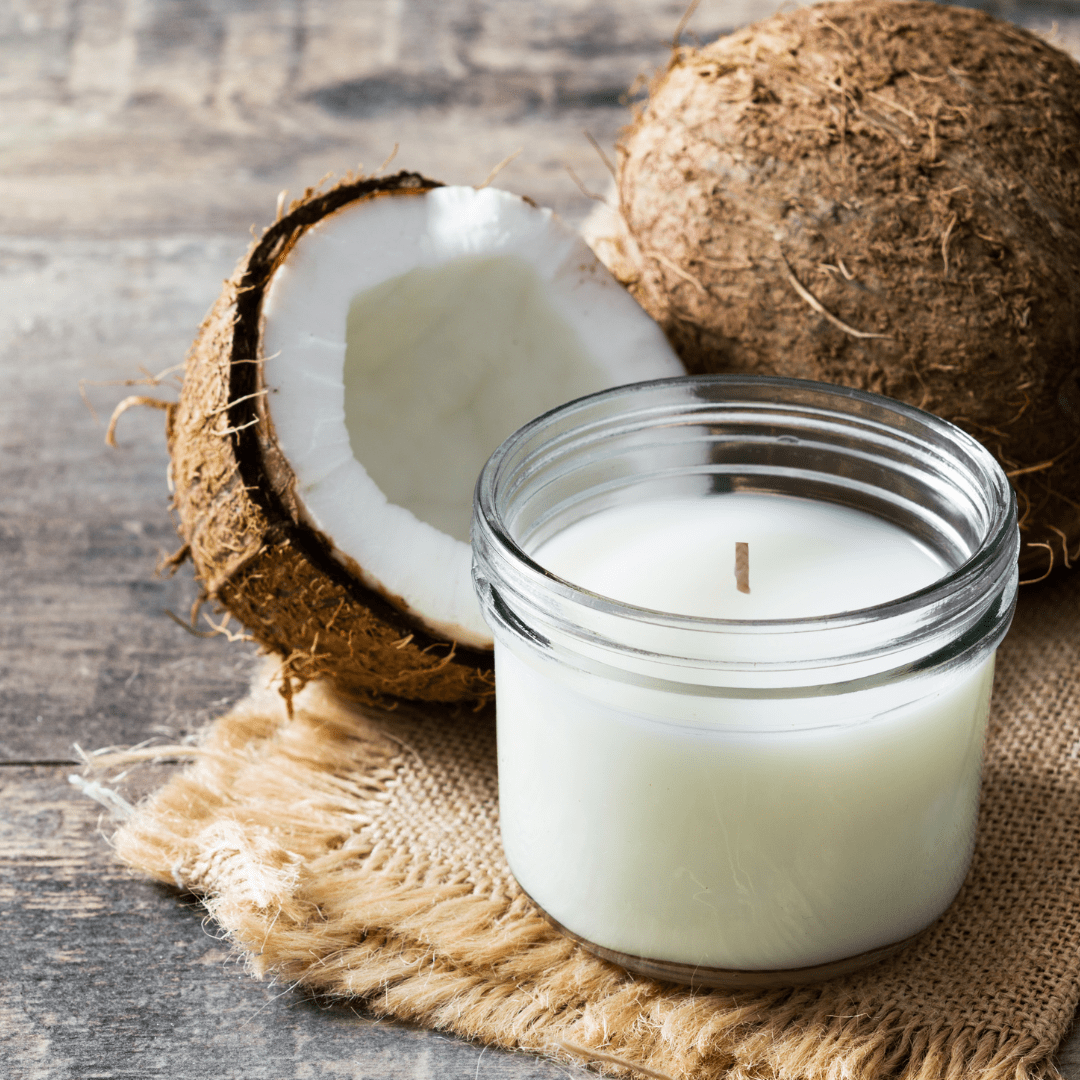Raise Your Area with Premium Soy Wax Candles and Home Fragrance
From Wick to Wax: Understanding the Chemistry Behind Soy Wax Candles and Their Environmental Impact
As we brighten our spaces with the cozy glow of candles, there lies a world of elaborate chemistry behind the relatively straightforward act of lighting a soy wax candle. Join us as we unravel the scientific details behind soy wax candle lights and discover their implications on our setting.
Soy Wax Vs. Paraffin Wax
When comparing soy wax and paraffin wax for candle light making, it is vital to understand the unique attributes and advantages of each product. Soy wax is a natural, renewable energy derived from soybean oil, making it biodegradable and eco-friendly - soy candles. On the other hand, paraffin wax is a result of petroleum refining, which elevates issues about its ecological impact and sustainability
Soy wax candles burn cleaner and give off less residue compared to paraffin wax candle lights, making them a healthier option for indoor air quality. In addition, soy wax has a lower melting point, enabling for a longer-lasting candle light that spreads scent better. Paraffin wax, on the various other hand, often tends to shed faster and much less cleanly, potentially launching harmful chemicals right into the air.
From a sustainability viewpoint, soy wax is favored for its biodegradability and sustainable sourcing, lining up with the growing customer preference for ecologically conscious products. While paraffin wax has actually been a typical selection in candle light making because of its affordability and ease of usage, the shift towards environment-friendly choices like soy wax is gaining energy in the market.
Chemical Structure of Soy Wax

Burning Process in Soy Candles
The chemical composition of soy wax directly affects the burning process in soy candles, affecting factors such as melt time, aroma launch, and ecological influence. When a soy candle light is lit, the warm from the fire melts the wax near the wick. This liquid wax is after that created the wick due to capillary action. As the fluid wax gets to the flame, it undertakes and vaporizes combustion. The burning procedure entails the vaporized hydrocarbons in the wax reacting with oxygen airborne to create heat, light, water vapor, and co2.
The burning effectiveness of soy candle lights is influenced by the purity of the soy wax and the quality of the wick. A clean-burning soy candle light with a correctly sized wick will certainly generate a consistent flame and lessen residue formation. This not just extends the burn time of the candle yet additionally improves the release of scents. Furthermore, soy go to the website wax candles have a reduced environmental impact compared to paraffin candles as a result of their naturally degradable and eco-friendly nature.

Environmental Advantages of Soy Wax

Taken into consideration a sustainable choice to standard paraffin wax, soy wax offers significant environmental advantages that make it a popular option amongst eco-conscious consumers. Soy wax burns cleaner and generates much less soot than paraffin wax, contributing to far better indoor air top quality and decreasing the demand for cleansing and maintenance. Generally, the environmental benefits of soy wax straighten with the growing demand for lasting and environmentally friendly products in the market.
Recycling and Disposal Considerations
Reusing and proper disposal of soy wax candle lights play an important function in preserving ecological sustainability and reducing waste in households and neighborhoods. When it comes to recycling soy wax candle lights, the very first step is to ensure that the candle has melted entirely.

In terms of disposal, if recycling is not an option, soy wax candles are biodegradable and can be securely disposed of in many home waste systems. However, it is constantly advised to consult local reusing centers or waste management solutions for certain guidelines on candle disposal to make sure proper handling and ecological protection.
Conclusion
In final thought, the chemistry behind soy click for info wax candle lights reveals their environmental benefits over paraffin wax candles. Soy wax, acquired from soybean oil, burns cleaner and produces less soot when compared to paraffin wax.
When comparing soy wax and paraffin wax for candle light production, it is vital to comprehend the distinct characteristics and benefits of each material (soy candles).Soy wax candle lights melt cleaner and release less residue contrasted to paraffin wax candle lights, making them a healthier choice for informative post indoor air quality.Taken into consideration a sustainable alternative to standard paraffin wax, soy wax provides noteworthy ecological benefits that make it a preferred selection amongst eco-conscious consumers. Soy wax burns cleaner and produces less soot than paraffin wax, contributing to better interior air quality and decreasing the requirement for cleaning and maintenance.In conclusion, the chemistry behind soy wax candle lights discloses their ecological benefits over paraffin wax candles